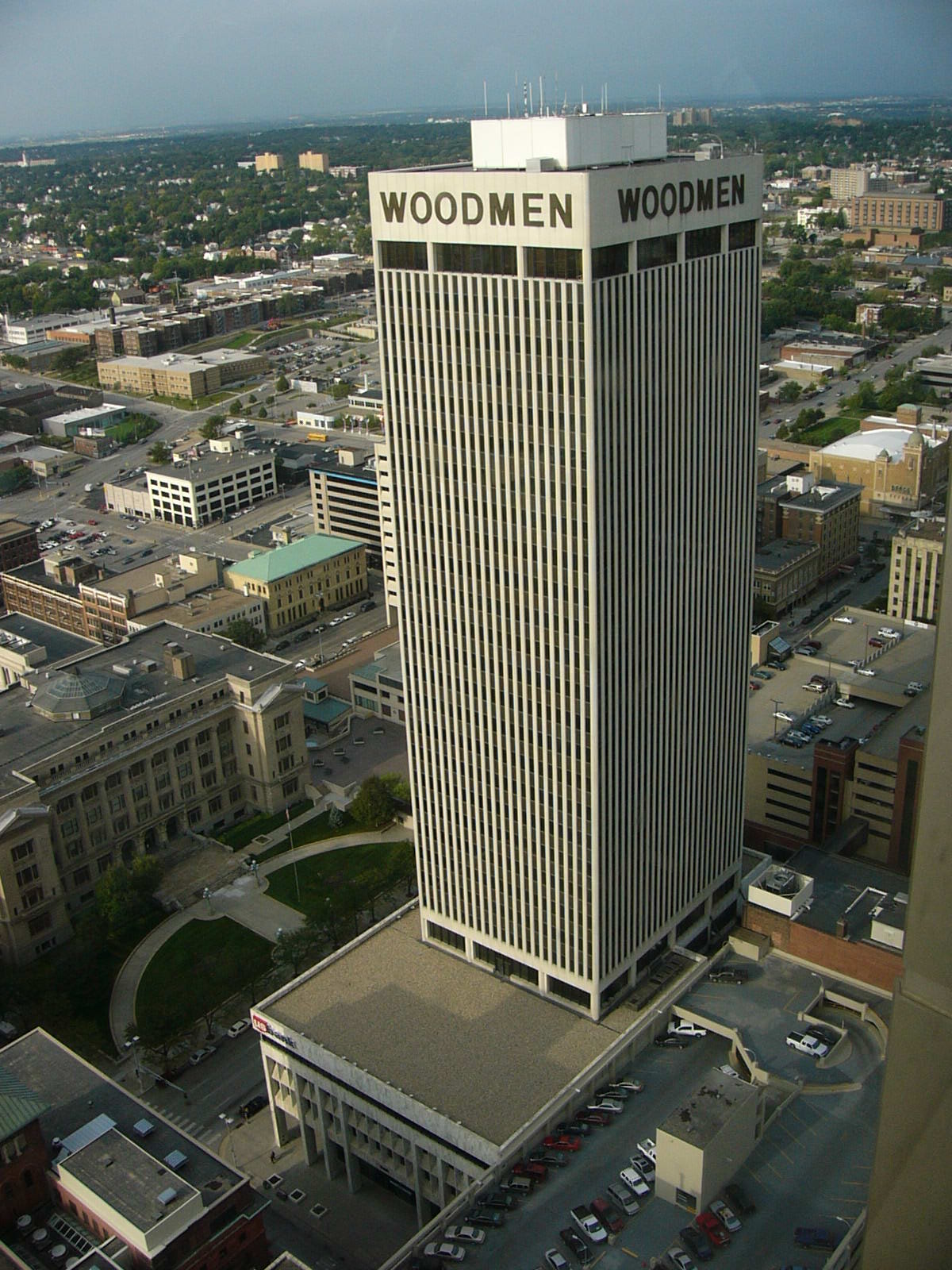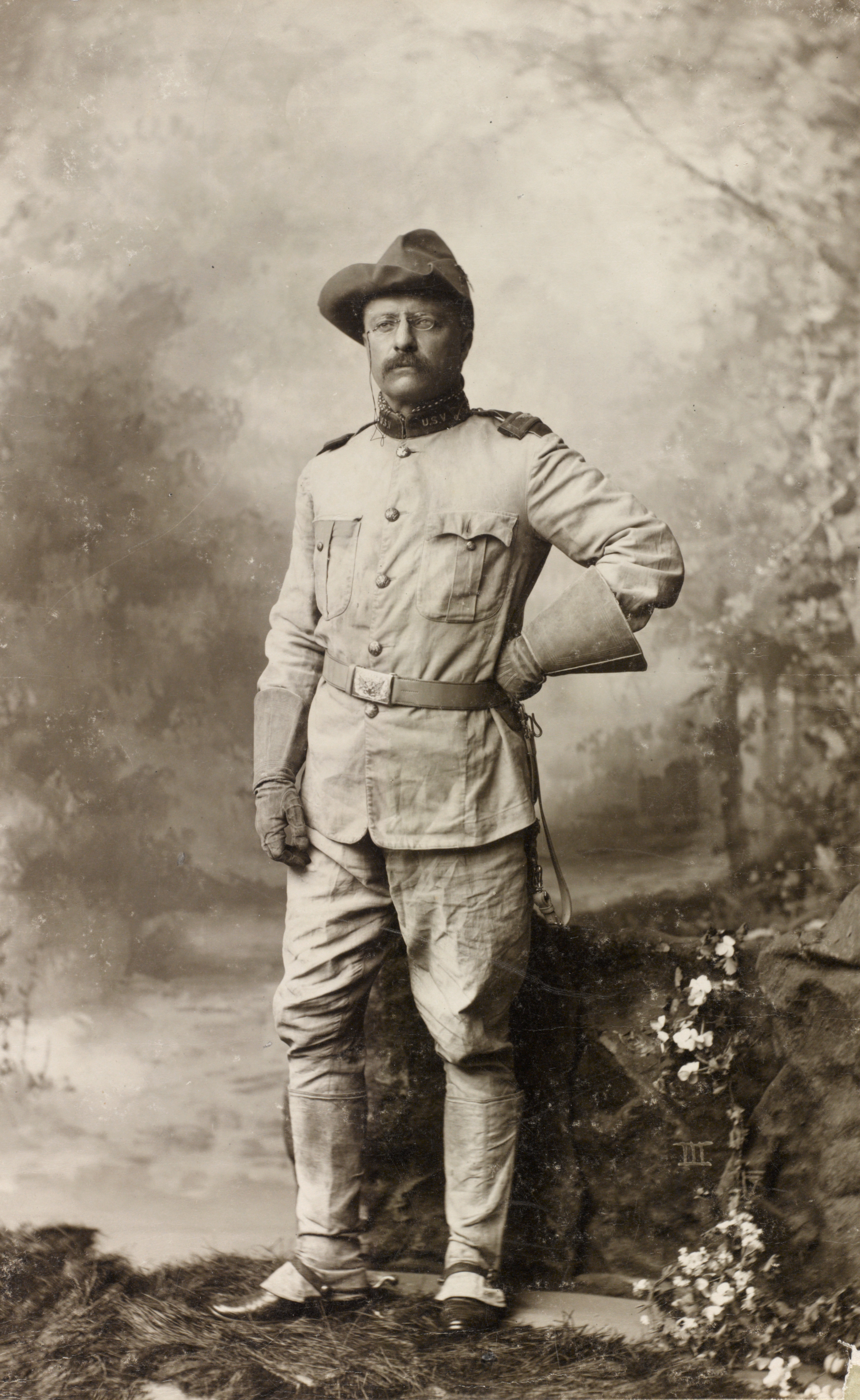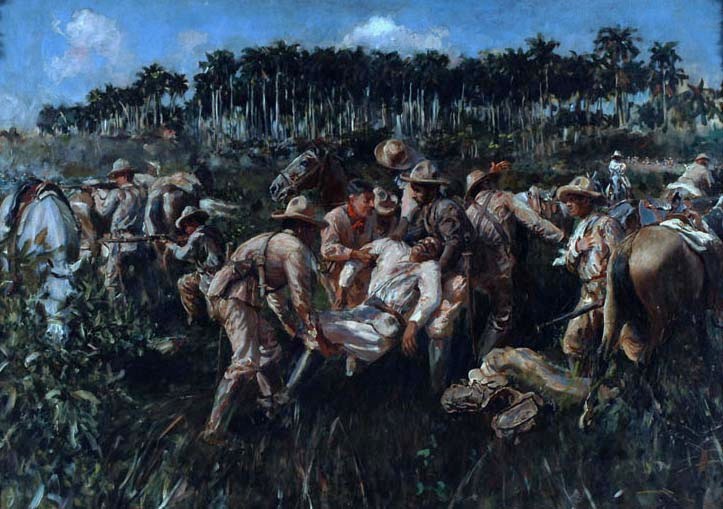|
Don Gavino Gutierrez
Gavino Gutierrez (26 October 1849 – 8 March 1919), a Spanish immigrant to the United States, was an importer, architect, civil engineer, and surveyor. He was responsible for bringing Vincente M. Ybor to Tampa, Florida and for designing Ybor City. Birth and background Gutierrez was born on October 26, 1849 in San Vicente de la Barquera, located in the northern Spanish province of Santander. He left Spain for Cuba as a young man, where he worked in a store. In 1868, at the age of 19, Gutierrez moved to New York City. During his first month in New York, he worked as a bellhop and established an import-export business, selling goods from Spain, Cuba, and Mexico. In addition, he studied architecture, engineering, surveying, and English, eventually becoming a civil engineer. Arrival in Tampa Gutierrez had a friend named Bernardino Gargol, who owned marmalade and guava paste factories in Cuba, and was also a native Cuban who lived in New York and ran an import-export business. Gargo ... [...More Info...] [...Related Items...] OR: [Wikipedia] [Google] [Baidu] |
Guavaween
Guavaween was an annual Latin-flavored Halloween celebration which took place on the last Saturday of October in the historic neighborhood of Ybor City on Tampa, Florida. It was named after Tampa's nickname, "The Big Guava". Since its inception more than 30 years ago, Guavaween became one of the largest festivals in Ybor. The daylight hours were family-oriented and in the past had included such activities as a costume contest, scavenger hunt, safe trick-or-treat at Centro Ybor, food and amusement rides. Around dusk the Mama Guava Stumble Parade, Guavaween's most popular attraction, made its way down Seventh Avenue, the main street in Ybor. The parade, led by Mama Guava, featured floats and costumed individuals who threw candy and beads to the spectators. History Historical roots In the 1880s, Spanish-born and New York-based Gavino Gutierrez came to the area to search for wild guava trees that might be cultivated commercially. He didn't find usable trees, but he liked the ... [...More Info...] [...Related Items...] OR: [Wikipedia] [Google] [Baidu] |
History Of Tampa, Florida
The modern history of Tampa, Florida, can be traced to the founding of Fort Brooke at the mouth of the Hillsborough River in today's downtown in 1824, soon after the United States had taken possession of Florida from Spain. The outpost brought a small population of civilians to the area, and the town of Tampa was first incorporated in 1855. Growth came slowly as poor transportation links, conflicts with the Seminole tribe, and repeated outbreaks of yellow fever made development difficult. The Civil War and Reconstruction caused the city government to disincorporate for over a decade. In the 1880s the construction of the first railroad links laid by Henry B. Plant brought the development of thriving cigar and phosphate industries. The founding of the cigar-centered neighborhood of Ybor City by Vicente Martinez-Ybor in 1885 brought an influx of thousands of Cubans, Spaniards, Italians, and other immigrants. Tampa's population jumped from less than 800 residents in 1880 to over 15, ... [...More Info...] [...Related Items...] OR: [Wikipedia] [Google] [Baidu] |
History Of Ybor City
Ybor City ( ) is a historic neighborhood that includes the Ybor City Historic District in Tampa, Florida. It is located just northeast of downtown Tampa and north of Port Tampa Bay. The neighborhood has distinct architectural, culinary, cultural, and historical legacy that reflects its multi-ethnic composition. It was unique in the American South as a prosperous manufacturing community built and populated almost entirely by immigrants. Ybor City was founded as an independent town in 1885 by a group of cigar manufacturers led by Vicente Martinez-Ybor and was annexed by Tampa in 1887. The original population was mostly composed of Cuban and Spanish immigrants who worked in the cigar factories. Italian and Eastern-European Jewish immigrants followed shortly thereafter and established many retail shops, farms and grocery stores, box factories, print shops, and other enterprises which catered to the cigar industry and its workers. Martinez-Ybor started the practice of building sm ... [...More Info...] [...Related Items...] OR: [Wikipedia] [Google] [Baidu] |
Myrtle Hill Memorial Park
Myrtle Hill Memorial Park is a cemetery in Tampa, Florida, in the United States. It was established in 1917, and is located at 4207 East Lake Avenue. It is owned by Dignity Memorial. Notable graves * Gen. Paul DeWitt Adams (1906–1987), US Army general, commanded United States Third Army * Doyle E. Carlton (1885–1972), 25th Governor of Florida * Sam Melville Gibbons (1920–2012), US Congressman 1963–1997 * Coe Glade (1900–1985), opera singer * Gen. John J. Hennessey (1921–2001), US Army general, commanded the 101st Airborne Division in the Vietnam War * Dennis Hoey (1893–1960), cinema actor * Dave Lewis (1954–2020), professional football player * Henry King (1886–1982), film director * Wallace O. Stovall, Sr. (1891–1966), publisher of ''The Tampa Tribune'' * Ildebrando Zacchini Ildebrando Zacchini (1868 – July 17, 1948) was a Maltese-born painter, inventor, and travelling circus owner. Inspired by the works of Jules Verne, Zacchini came up with an idea ... [...More Info...] [...Related Items...] OR: [Wikipedia] [Google] [Baidu] |
Woodmen Of The World
WoodmenLife (officially Woodmen of the World Life Insurance Society) is a not-for-profit fraternal benefit society founded in 1890, based in Omaha, Nebraska, United States, that operates a large privately held insurance company for its members. The history of this organization includes numerous philanthropic efforts and community outreach projects; distinctive headstones depicting tree stumps across the United States and Canada before 1930, a program to present American flags, and broadcast interests that were to own the first television station where Johnny Carson worked. History The organization was founded in 1890 in Omaha, Nebraska, by Joseph Cullen Root. Root founded Modern Woodmen of America (MWA) in Lyons, Iowa, in 1883, after hearing a sermon about "pioneer woodsmen clearing away the forest to provide for their families". Taking his own surname to heart, he wanted to start a society that "would clear away problems of financial security for its members". After interna ... [...More Info...] [...Related Items...] OR: [Wikipedia] [Google] [Baidu] |
New York Times
''The New York Times'' (''the Times'', ''NYT'', or the Gray Lady) is a daily newspaper based in New York City with a worldwide readership reported in 2020 to comprise a declining 840,000 paid print subscribers, and a growing 6 million paid digital media, digital subscribers. It also is a producer of popular podcasts such as ''The Daily (podcast), The Daily''. Founded in 1851 by Henry Jarvis Raymond and George Jones (publisher), George Jones, it was initially published by Raymond, Jones & Company. The ''Times'' has won List of Pulitzer Prizes awarded to The New York Times, 132 Pulitzer Prizes, the most of any newspaper, and has long been regarded as a national "newspaper of record". For print it is ranked List of newspapers by circulation, 18th in the world by circulation and List of newspapers in the United States, 3rd in the U.S. The paper is owned by the New York Times Company, which is Public company, publicly traded. It has been governed by the Sulzberger family since 189 ... [...More Info...] [...Related Items...] OR: [Wikipedia] [Google] [Baidu] |
National Historic Landmark Districts
A National Historic Landmark (NHL) is a building, district, object, site, or structure that is officially recognized by the United States government for its outstanding historical significance. Only some 2,500 (~3%) of over 90,000 places listed on the country's National Register of Historic Places are recognized as National Historic Landmarks. A National Historic Landmark District may include contributing properties that are buildings, structures, sites or objects, and it may include non-contributing properties. Contributing properties may or may not also be separately listed. Creation of the program Prior to 1935, efforts to preserve cultural heritage of national importance were made by piecemeal efforts of the United States Congress. In 1935, Congress passed the Historic Sites Act, which authorized the Interior Secretary authority to formally record and organize historic properties, and to designate properties as having "national historical significance", and gave the Nation ... [...More Info...] [...Related Items...] OR: [Wikipedia] [Google] [Baidu] |
Rough Riders
The Rough Riders was a nickname given to the 1st United States Volunteer Cavalry, one of three such regiments raised in 1898 for the Spanish–American War and the only one to see combat. The United States Army was small, understaffed, and disorganized in comparison to its status during the American Civil War roughly thirty years prior. Following the sinking of , President William McKinley needed to muster a strong ground force swiftly, which he did by calling for 125,000 volunteers to assist in the war. The U.S. had gone to war in opposition to Spanish colonial policies in Cuba, which was then torn by a rebellion. The regiment was also nicknamed "Wood's Weary Walkers" for its first commander, Colonel Leonard Wood. This reflected their dissatisfaction that despite being cavalry, they ended up fighting in Cuba as infantry, since their horses were not sent there with them. Wood's second in command was former Assistant Secretary of the Navy Theodore Roosevelt, a strong advocate for ... [...More Info...] [...Related Items...] OR: [Wikipedia] [Google] [Baidu] |
Teddy Roosevelt
Theodore Roosevelt Jr. ( ; October 27, 1858 – January 6, 1919), often referred to as Teddy or by his initials, T. R., was an American politician, statesman, soldier, conservationist, naturalist, historian, and writer who served as the 26th president of the United States from 1901 to 1909. He previously served as the 25th vice president under President William McKinley from March to September 1901 and as the 33rd governor of New York from 1899 to 1900. Assuming the presidency after McKinley's assassination, Roosevelt emerged as a leader of the Republican Party and became a driving force for anti-trust and Progressive policies. A sickly child with debilitating asthma, he overcame his health problems as he grew by embracing a strenuous lifestyle. Roosevelt integrated his exuberant personality and a vast range of interests and achievements into a "cowboy" persona defined by robust masculinity. He was home-schooled and began a lifelong naturalist avocation before attending ... [...More Info...] [...Related Items...] OR: [Wikipedia] [Google] [Baidu] |
Spanish–American War
, partof = the Philippine Revolution, the decolonization of the Americas, and the Cuban War of Independence , image = Collage infobox for Spanish-American War.jpg , image_size = 300px , caption = (clockwise from top left) , date = April 21 – August 13, 1898() , place = , casus = , result = American victory *Treaty of Paris (1898), Treaty of Paris of 1898 *Founding of the First Philippine Republic and beginning of the Philippine–American War * German–Spanish Treaty (1899), Spain sells to Germany the last colonies in the Pacific in 1899 and end of the Spanish Empire in Spanish colonization of the Americas, America and Asia. , territory = Spain relinquishes sovereignty over Cuba; cedes Puerto Rico, Guam and the Philippine Islands to the United States. $20 million paid to Spain by the United States for infrastructure owned by Spain. , combatant1 = United State ... [...More Info...] [...Related Items...] OR: [Wikipedia] [Google] [Baidu] |
Cuban War Of Independence
The Cuban War of Independence (), fought from 1895 to 1898, was the last of three liberation wars that Cuba fought against Spain, the other two being the Ten Years' War (1868–1878) and the Little War (1879–1880). The final three months of the conflict escalated to become the Spanish–American War, with United States forces being deployed in Cuba, Puerto Rico, and the Philippine Islands against Spain. Historians disagree as to the extent that United States officials were motivated to intervene for humanitarian reasons but agree that yellow journalism exaggerated atrocities attributed to Spanish forces against Cuban civilians. Background During the years 1879–1888 of the so-called "Rewarding Truce", lasting for 17 years from the end of the Ten Years' War in 1878, there were fundamental social changes in Cuban society. With the abolition of slavery in October 1886, freedmen joined the ranks of farmers and the urban working class. The economy could no longer sustain itse ... [...More Info...] [...Related Items...] OR: [Wikipedia] [Google] [Baidu] |

.jpg)


.png)




